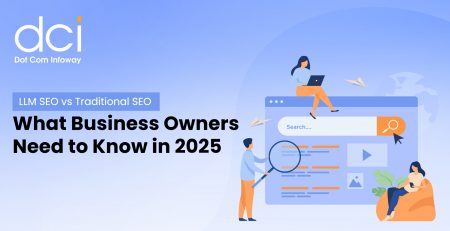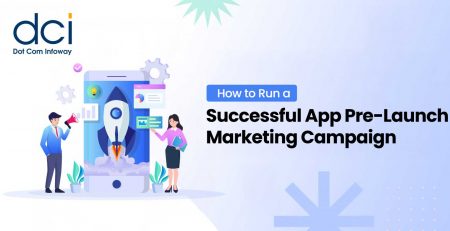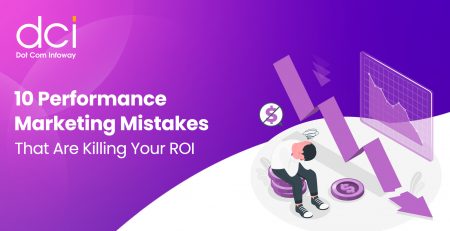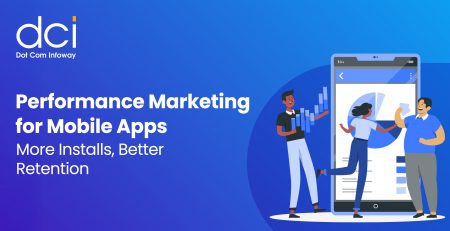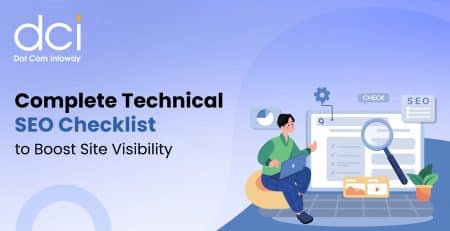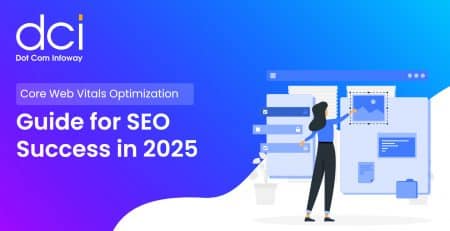Mobile App Marketing Roadmap for Business Growth in 2025
Mobile app marketing is no longer a supplementary strategy—it’s an essential pillar for businesses aiming for growth in today’s mobile-first world. As 2025 unfolds, technological advancements and user behavior shifts have created an environment where mobile apps serve as powerful growth catalysts. Whether you’re launching a startup or scaling an enterprise, understanding the nuances of a successful mobile app marketing roadmap is key. This comprehensive guide will help you navigate the strategies needed to acquire users, retain them, and achieve sustainable business growth.
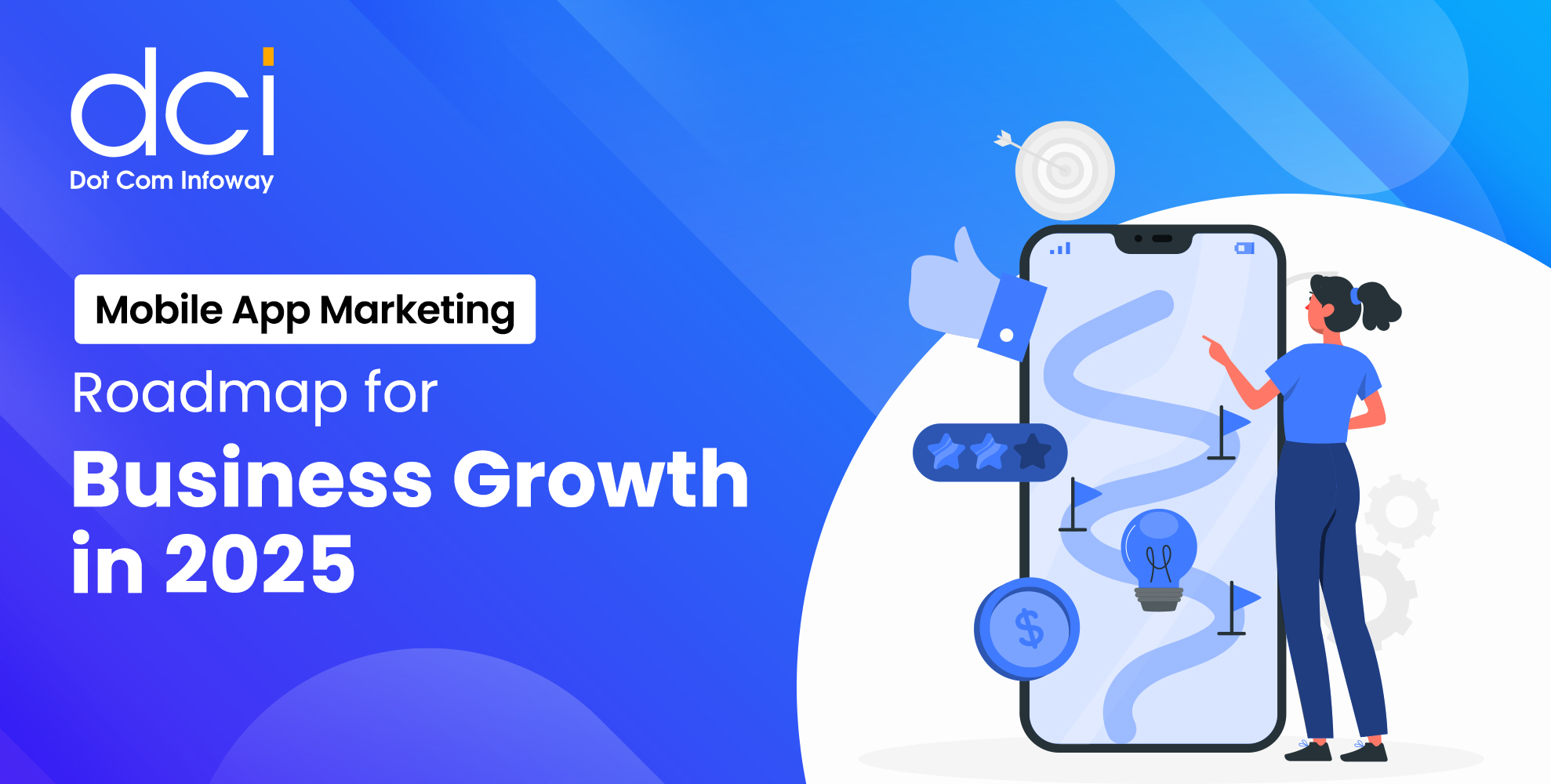
Mobile App Marketing Roadmap for Business Growth in 2025
Building a mobile app is only the beginning; the real challenge lies in getting it noticed in a saturated market. Mobile app marketing in 2025 is driven by strategic planning, user-centric approaches, and leveraging data-driven decisions. This roadmap will break down every essential phase, from pre-launch awareness to post-launch growth strategies, ensuring that your app doesn’t just survive but thrives.
Why Mobile App Marketing is Critical for Business Success in 2025
The digital landscape is evolving rapidly, and mobile app usage continues to dominate consumer attention. According to Statista, mobile apps are expected to generate over $935 billion in revenue by 2025, making it a lucrative yet competitive space. Businesses that fail to prioritize app marketing miss out on tapping into a tech-savvy audience that demands convenience and seamless digital experiences. With users downloading fewer apps and retaining only those that offer value, a robust marketing roadmap ensures that your app resonates with users and becomes an integral part of their daily lives.
In 2025, mobile marketing isn’t just about acquiring downloads—it’s about nurturing a user journey that drives engagement and builds loyalty. Businesses can’t rely on a “set-it-and-forget-it” approach; instead, they must adopt strategies that evolve with user expectations, leveraging personalization, AI-driven insights, and omnichannel campaigns to create a cohesive and meaningful experience.
Pre-Launch Planning: Laying the Foundation for Success
Before your app hits the market, a well-thought-out pre-launch strategy can make all the difference in ensuring a successful debut. This stage focuses on creating awareness, generating buzz, and capturing initial interest. Start by conducting market research to understand your target audience’s needs, pain points, and behaviors. Create detailed user personas that highlight demographics, motivations, and app usage patterns. This insight allows you to tailor marketing messages and features that resonate with your audience.
Additionally, keyword research plays a crucial role during this phase. Since app discovery on platforms like the App Store and Google Play hinges on search visibility, identifying and incorporating high-ranking keywords and long-tail phrases is vital. Optimize your app’s metadata, including the title, description, and tags, to improve its chances of ranking higher in search results. Pre-launch activities such as creating a landing page, launching teaser campaigns on social media, and building an email list help you establish anticipation and secure early sign-ups.
App Store Optimization: The Backbone of Organic Growth
For many businesses, the App Store and Google Play Store are the primary discovery channels for new users. In 2025, App Store Optimization (ASO) remains as critical as ever in driving organic traffic and downloads. Think of ASO as SEO for your mobile app—it involves optimizing various on-page elements to ensure your app appears when users search for related terms. Your app icon, title, description, screenshots, and reviews all contribute to how users perceive your app’s relevance and quality.
Don’t underestimate the power of user reviews and ratings. Potential users often evaluate an app’s credibility based on social proof, which makes incentivizing happy users to leave positive feedback a must. Keeping your app regularly updated with new features and bug fixes also plays a role in maintaining high rankings.

Ready to boost your website’s rankings and online visibility?
Discover how our expert SEO services can resolve ranking issues, drive traffic, and elevate your website’s performance to the next level!
Paid User Acquisition: Scaling Growth Quickly
While organic growth through ASO is essential, combining it with paid campaigns helps you achieve exponential growth. Mobile advertising platforms such as Google Ads, Facebook Ads, and TikTok offer advanced targeting options that allow you to reach specific audience segments based on interests, behaviors, and demographics. In 2025, video ads and interactive content are expected to outperform static formats, making platforms like TikTok and YouTube ideal for app promotions.
Ensure you allocate your budget wisely, testing different ad creatives and formats to see what resonates with your target audience. Retargeting campaigns play a pivotal role in bringing back users who abandoned the app download or sign-up process, improving conversion rates. Consider partnering with influencers or app reviewers to further amplify your reach and build credibility.
Leveraging Content Marketing for Mobile App Success
Content marketing remains one of the most cost-effective ways to educate potential users and showcase your app’s unique value proposition. From blog posts and video tutorials to social media content and webinars, creating valuable content positions your app as a solution to common user challenges. By addressing frequently asked questions, offering tips, and demonstrating use cases, you can nurture leads through the decision-making process.
Incorporate SEO best practices in your content strategy to ensure high visibility on search engines. Target queries that potential users might search for, such as “best productivity apps for remote work” or “top fitness apps for busy schedules.” High-ranking content not only attracts organic traffic but also establishes your authority within your niche.
Post-Launch Retention: Keeping Users Engaged
One of the biggest challenges in mobile app marketing is preventing churn. Studies show that 80% of users abandon an app within the first 90 days if they don’t find value. Therefore, retaining users should be a top priority. Push notifications, in-app messaging, and personalized offers help re-engage users and remind them of your app’s value. Gamification, loyalty rewards, and referral programs further incentivize users to stay active and invite their networks to join.
Tracking key performance indicators (KPIs) such as daily active users (DAU), retention rate, and customer lifetime value (CLV) allows you to identify pain points and implement improvements that enhance the user experience.
Harnessing AI and Machine Learning for Predictive Insights
2025 is a year of AI-driven transformation, and mobile app marketing is no exception. Businesses that leverage AI can optimize their marketing efforts by predicting user behavior, automating campaigns, and delivering highly personalized experiences. AI-powered chatbots, recommendation engines, and predictive analytics enable you to deliver content that feels tailored to each user’s preferences.
Machine learning algorithms also help you identify patterns in user behavior, allowing for better segmentation and targeting. For example, if your data shows that a specific segment frequently interacts with fitness-related features, you can personalize push notifications with relevant health tips, increasing engagement.
Conclusion
Creating a mobile app marketing roadmap for business growth in 2025 requires more than a one-size-fits-all approach. Success hinges on blending organic and paid marketing, leveraging emerging technologies, and consistently optimizing user experiences. By following this roadmap, businesses can drive sustained growth, build lasting relationships with users, and achieve competitive advantages in an ever-evolving mobile landscape.


